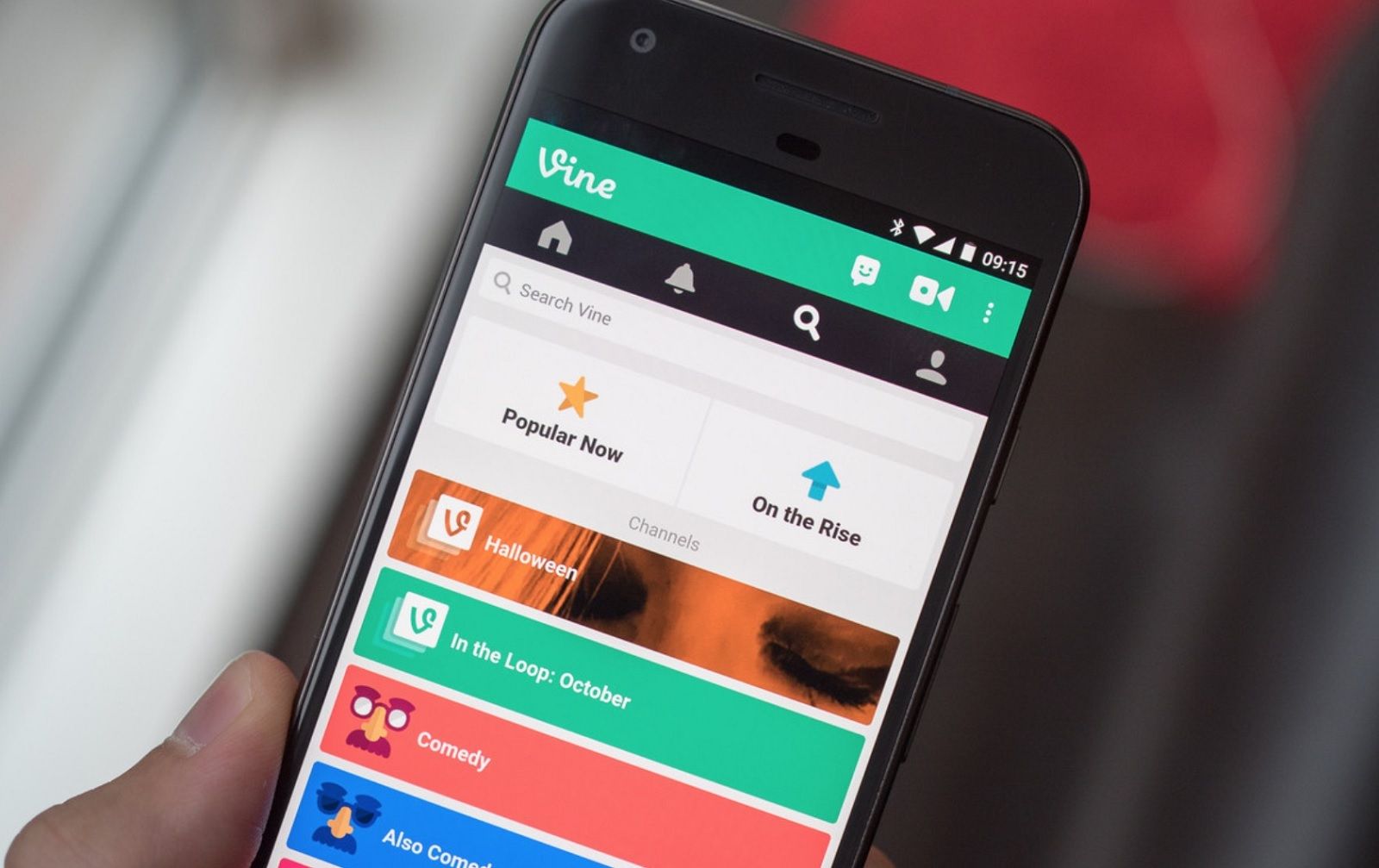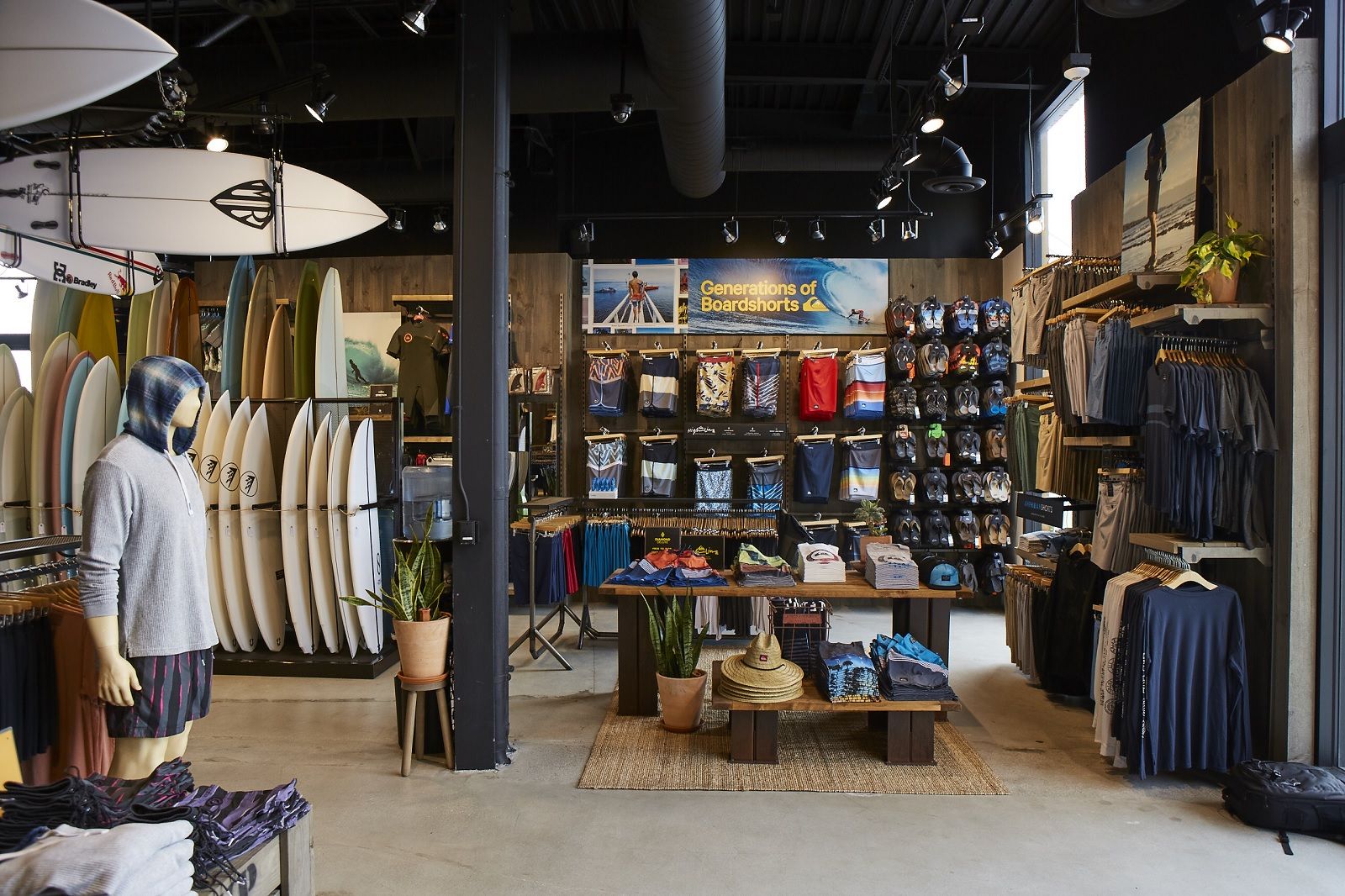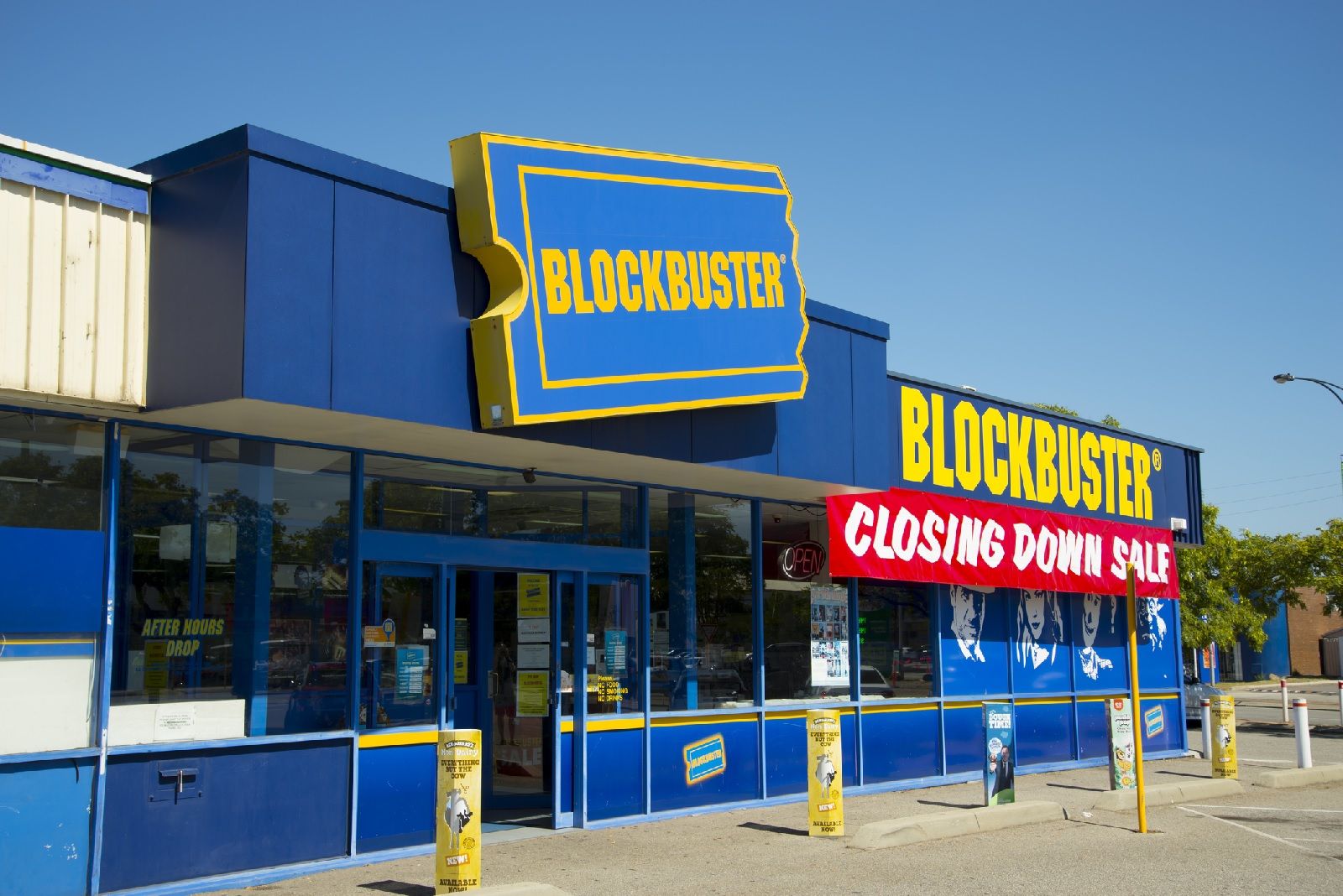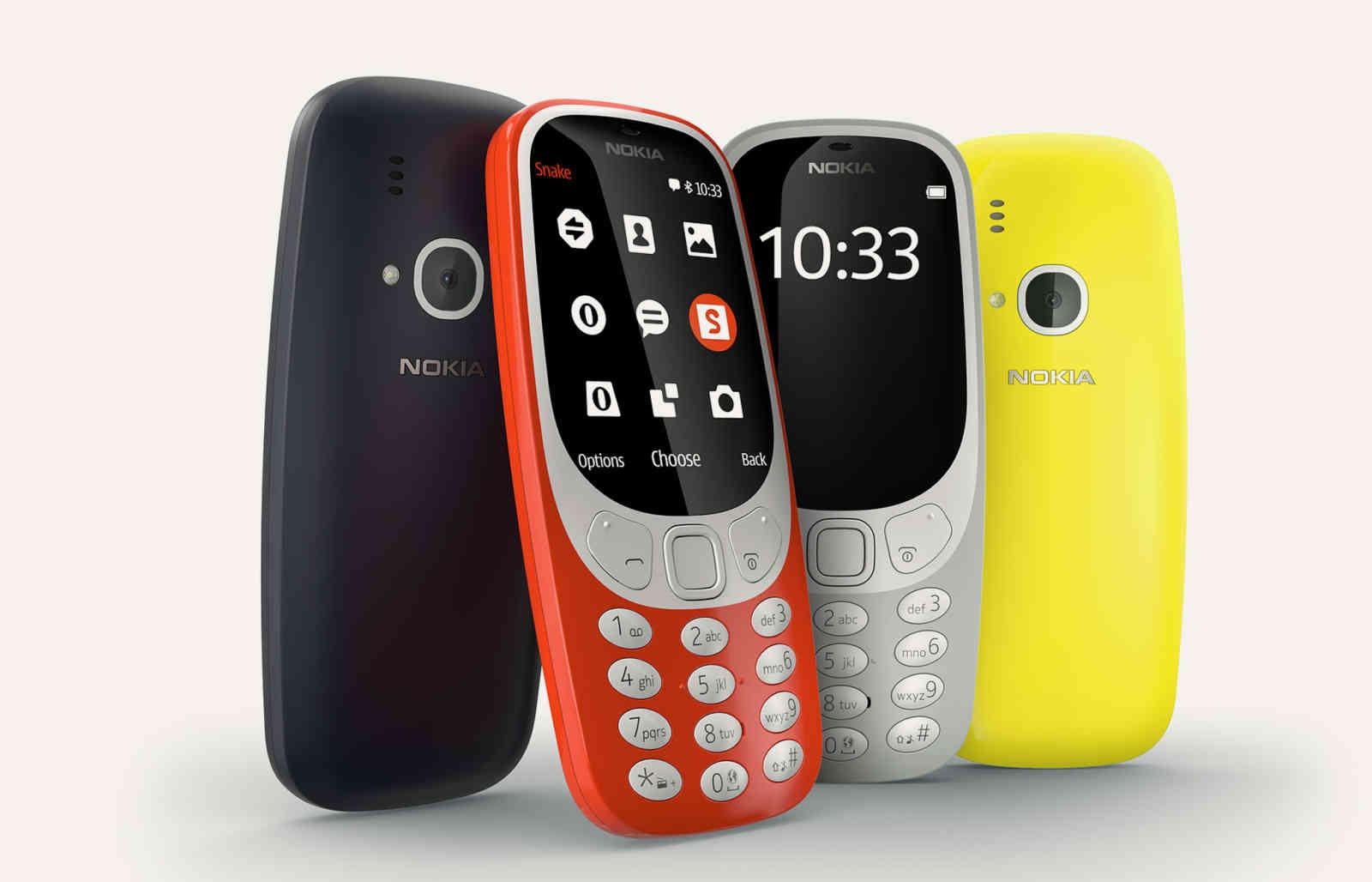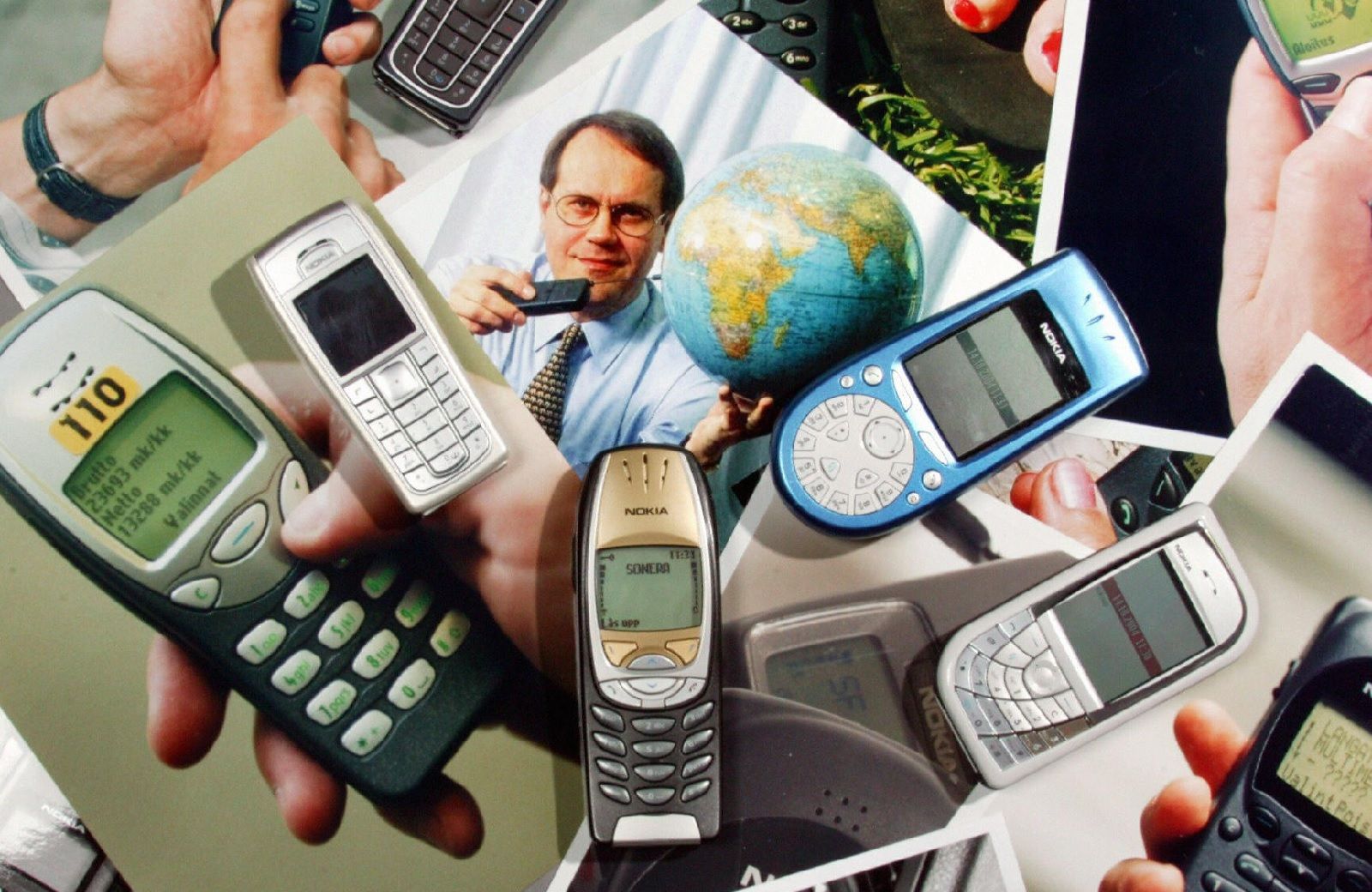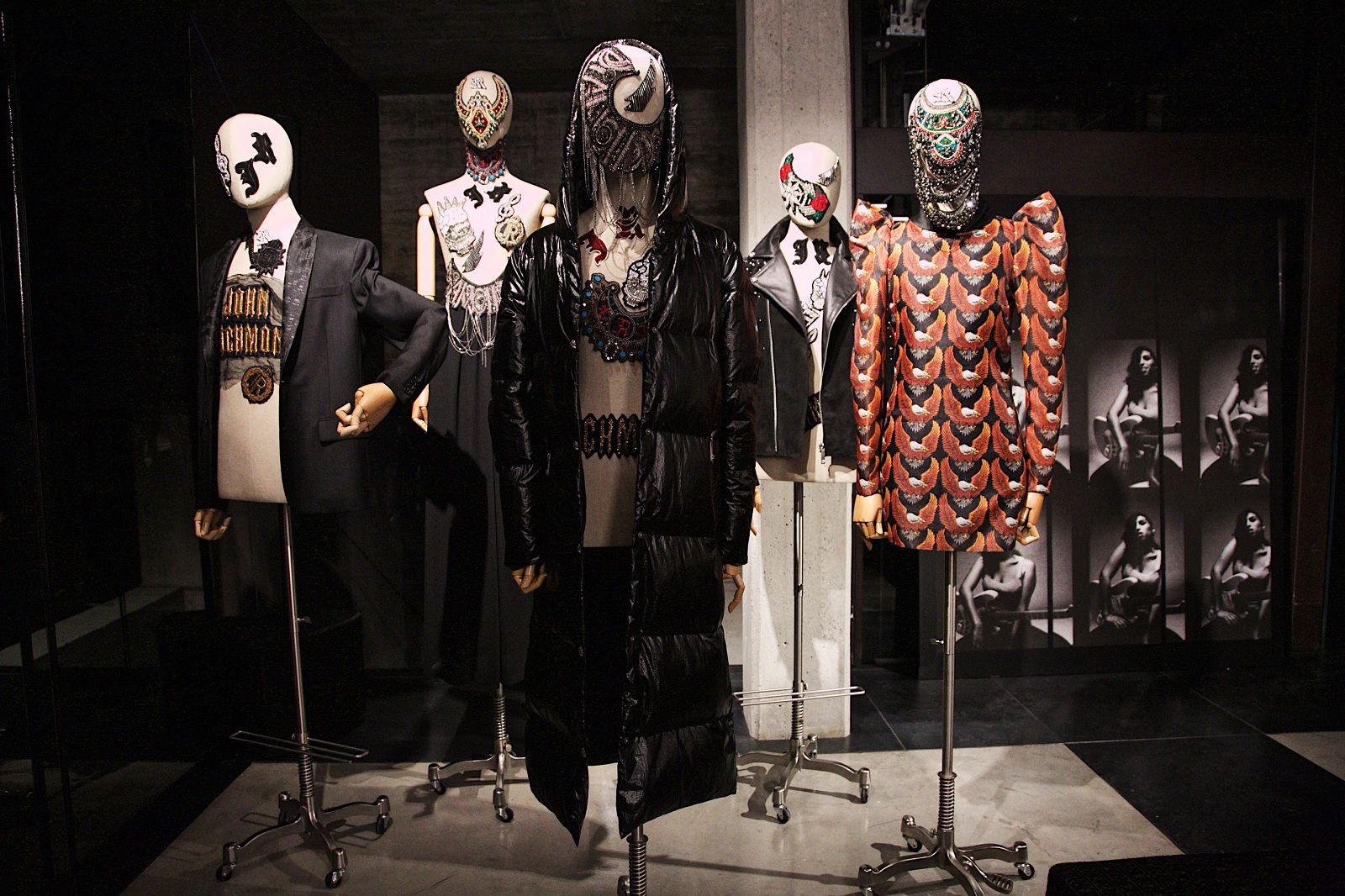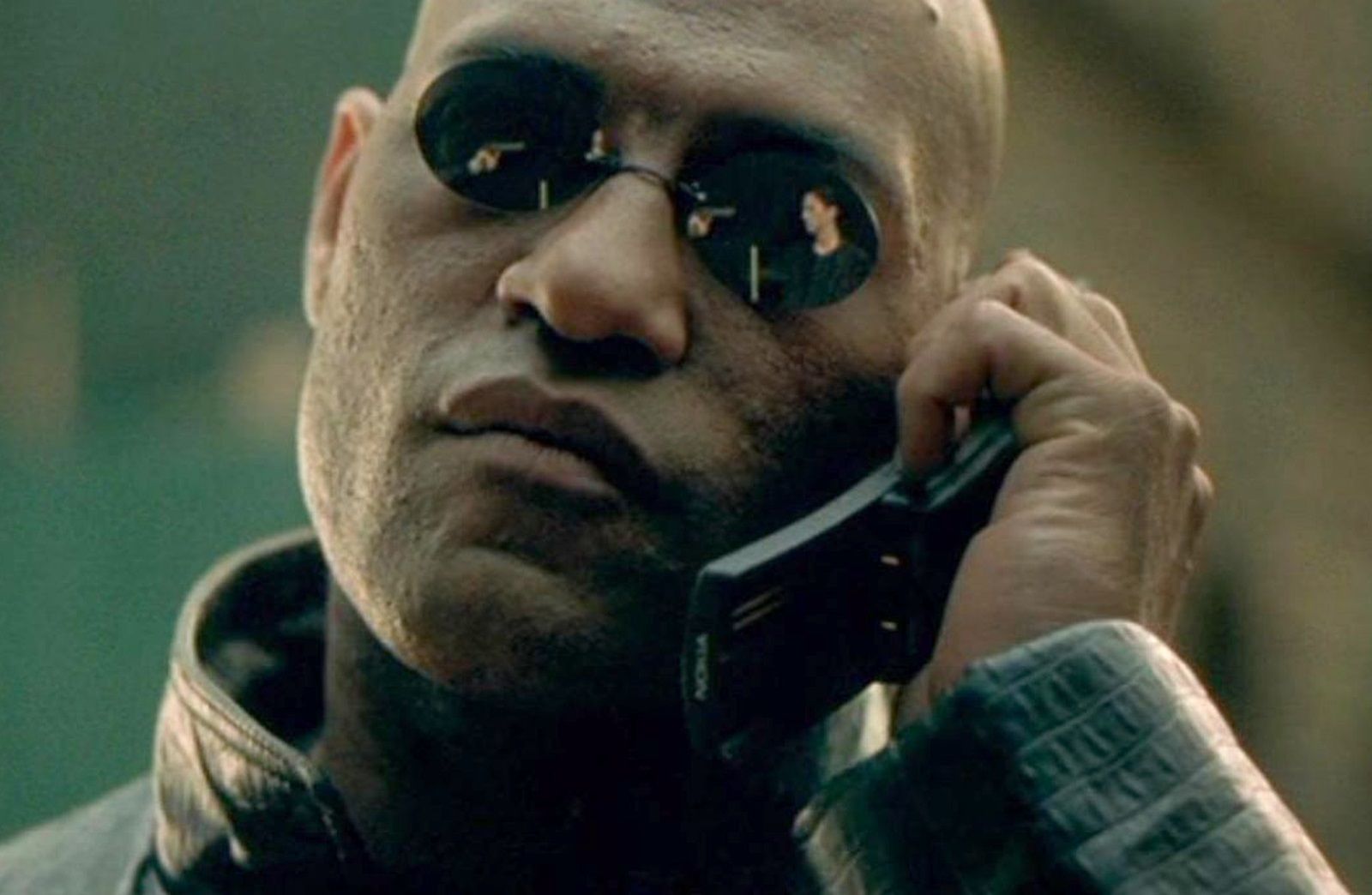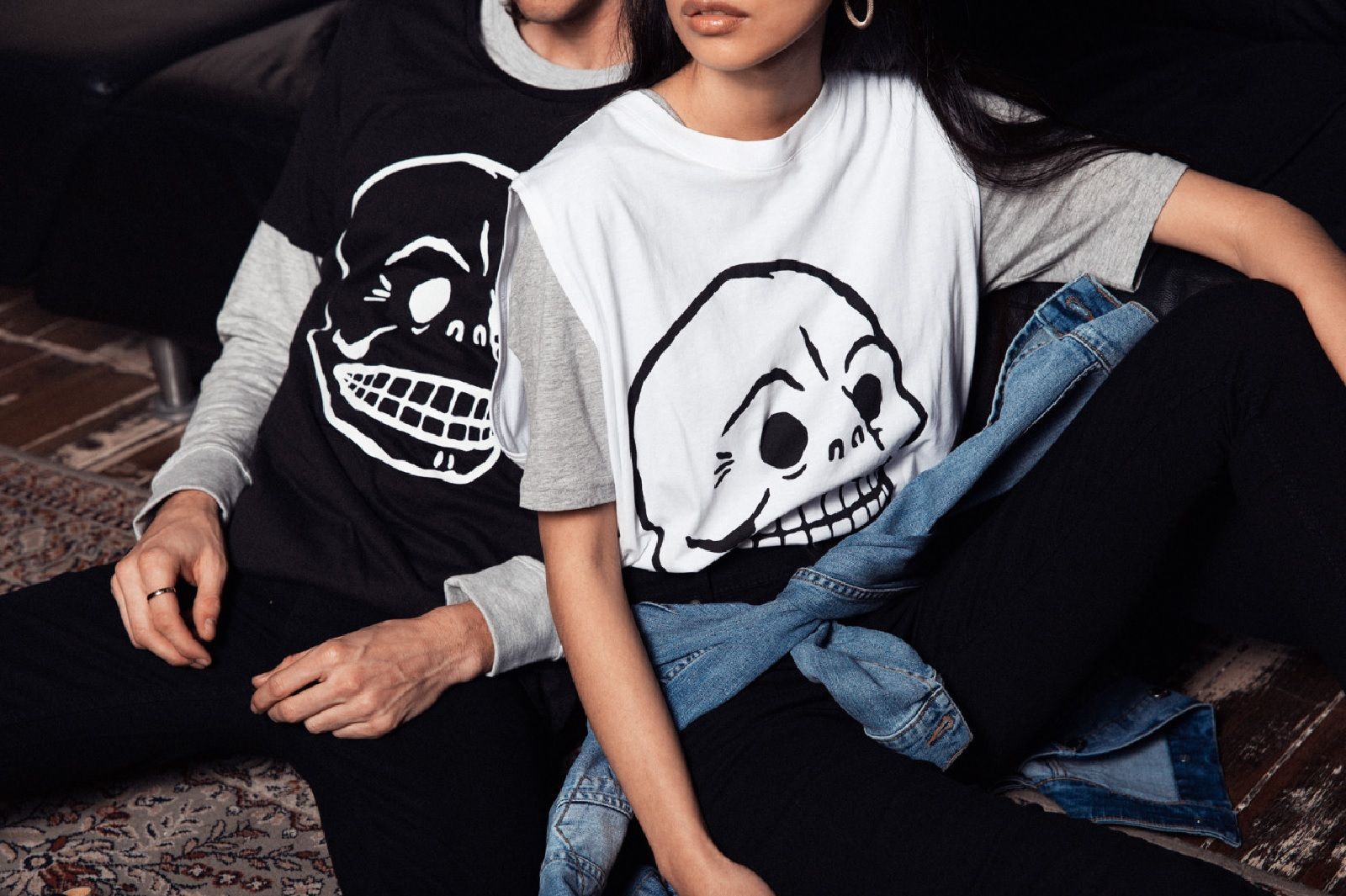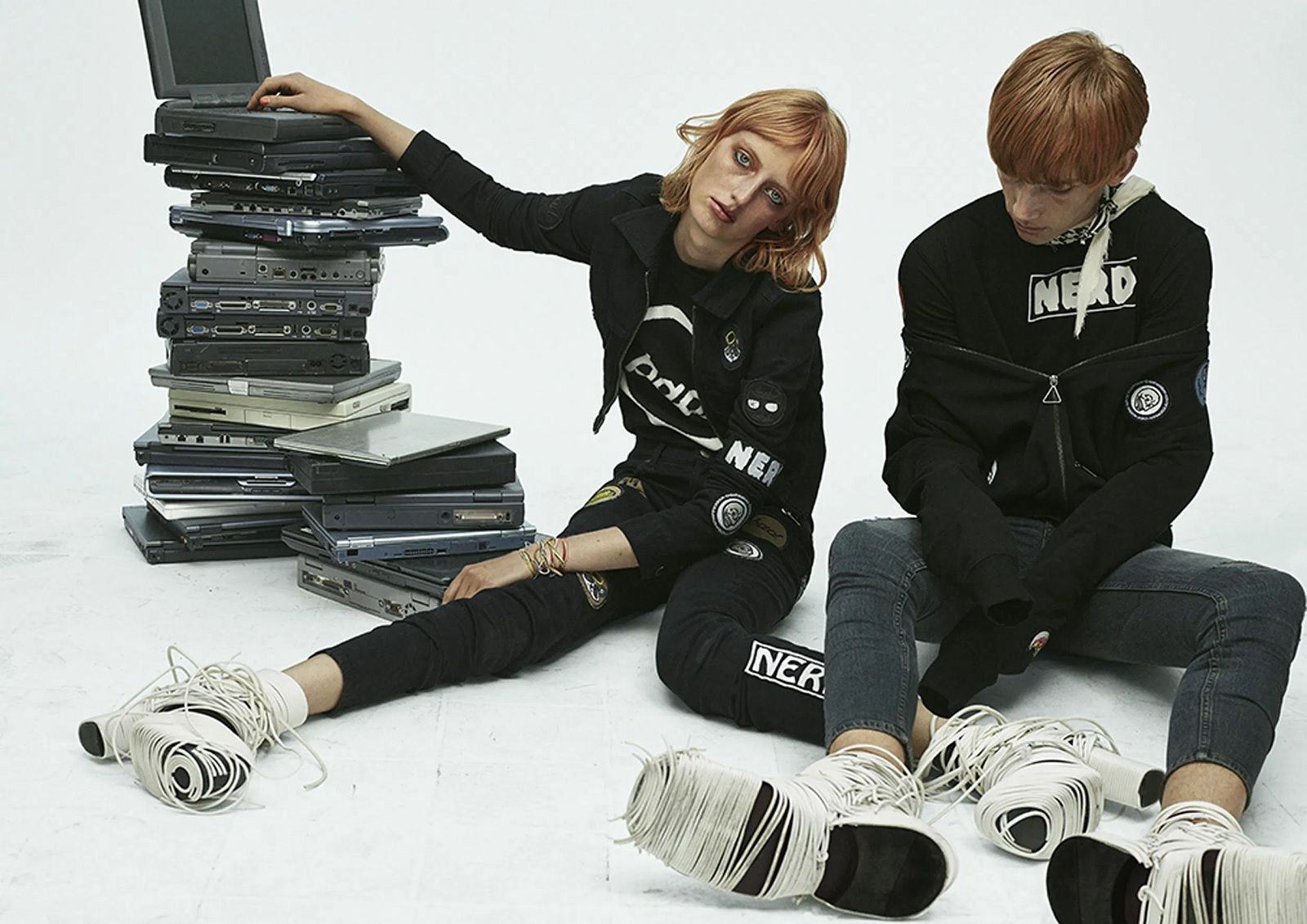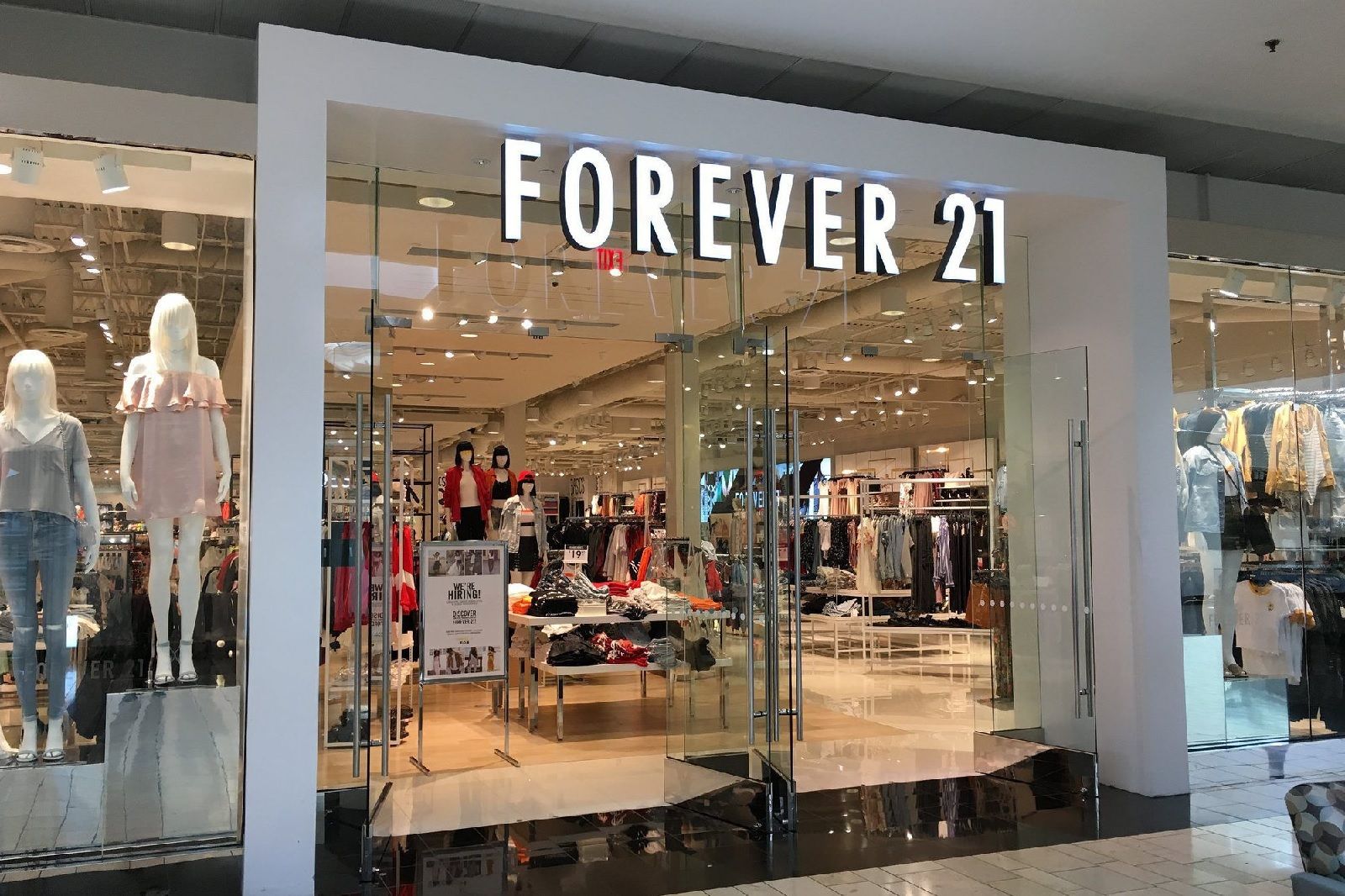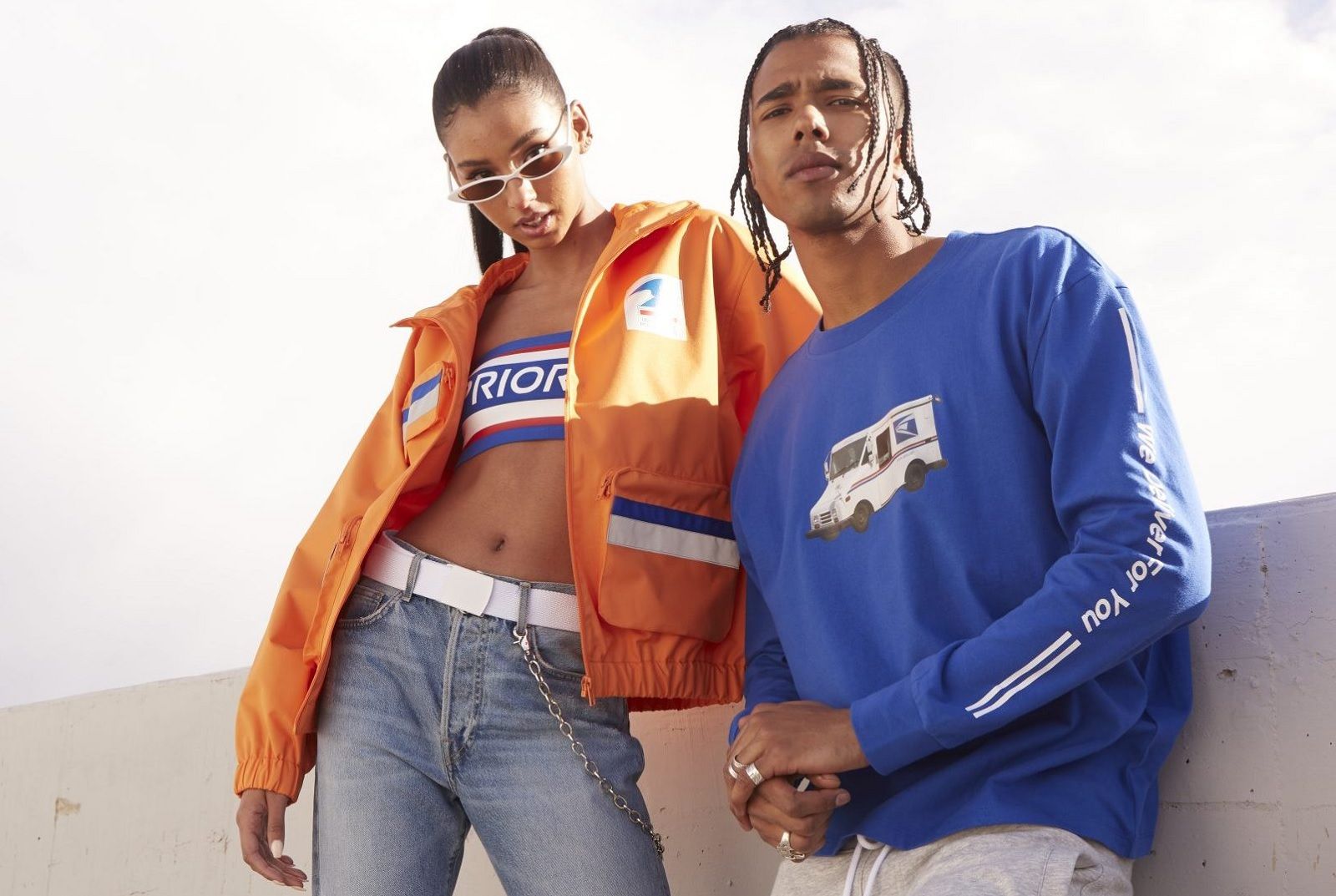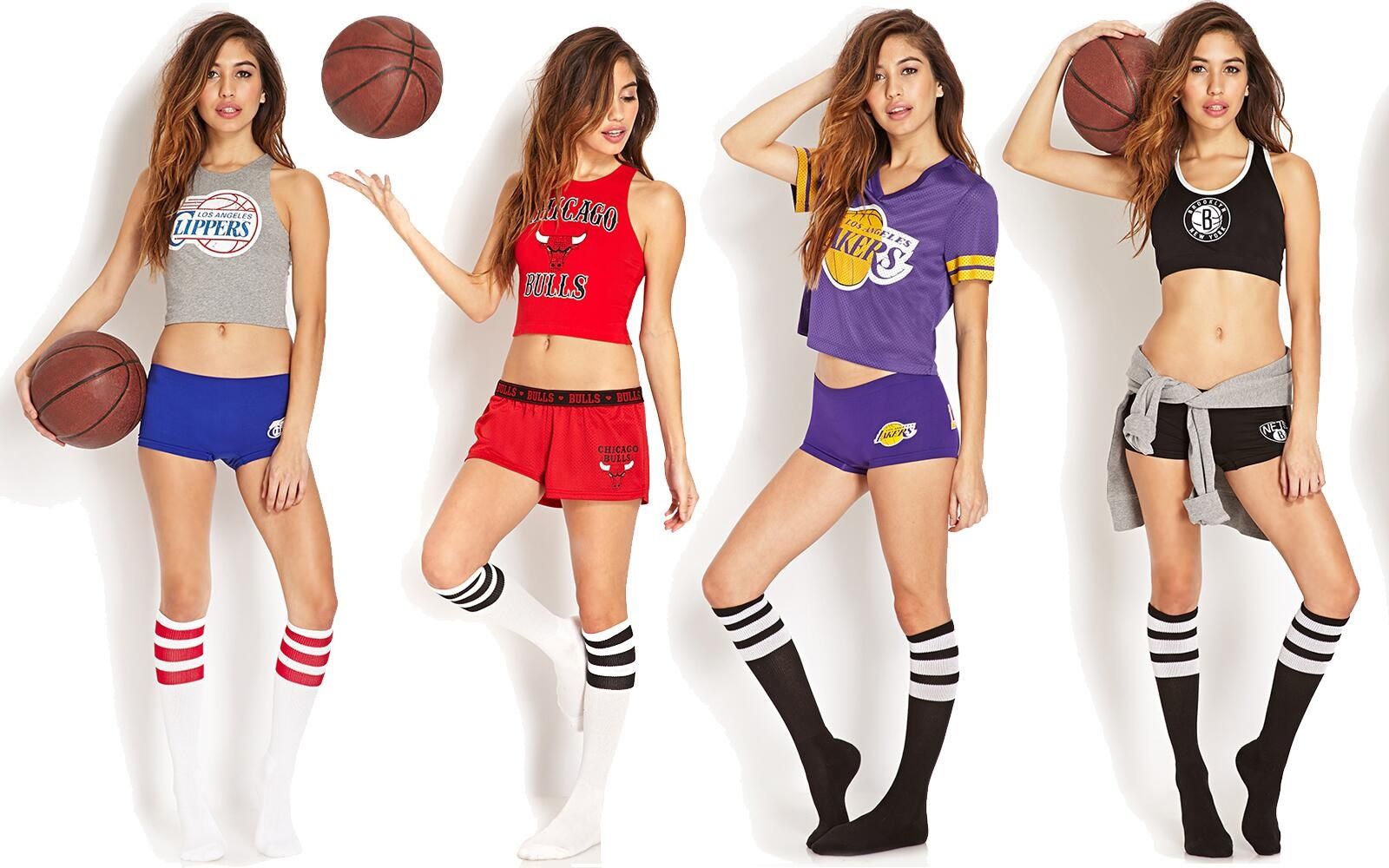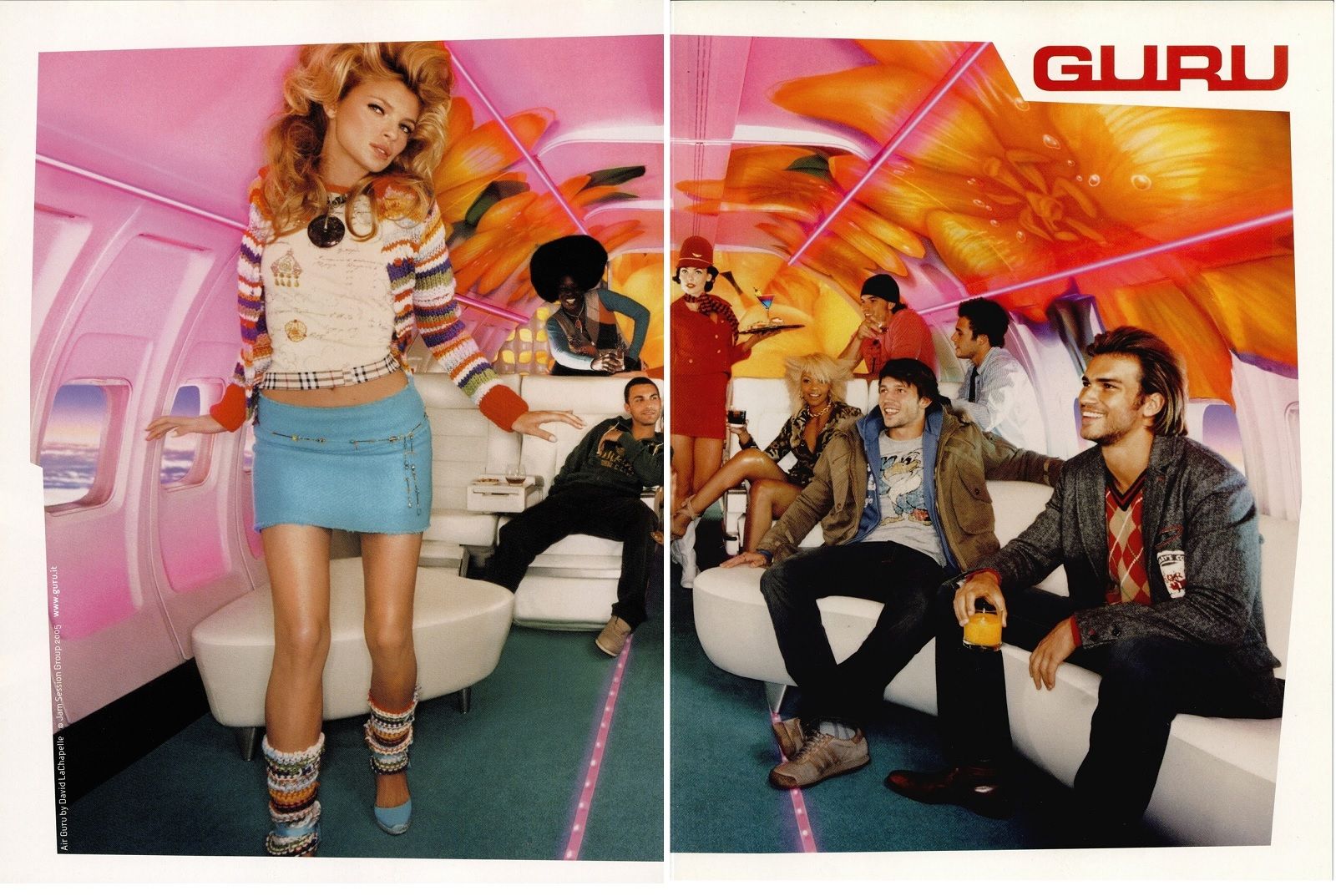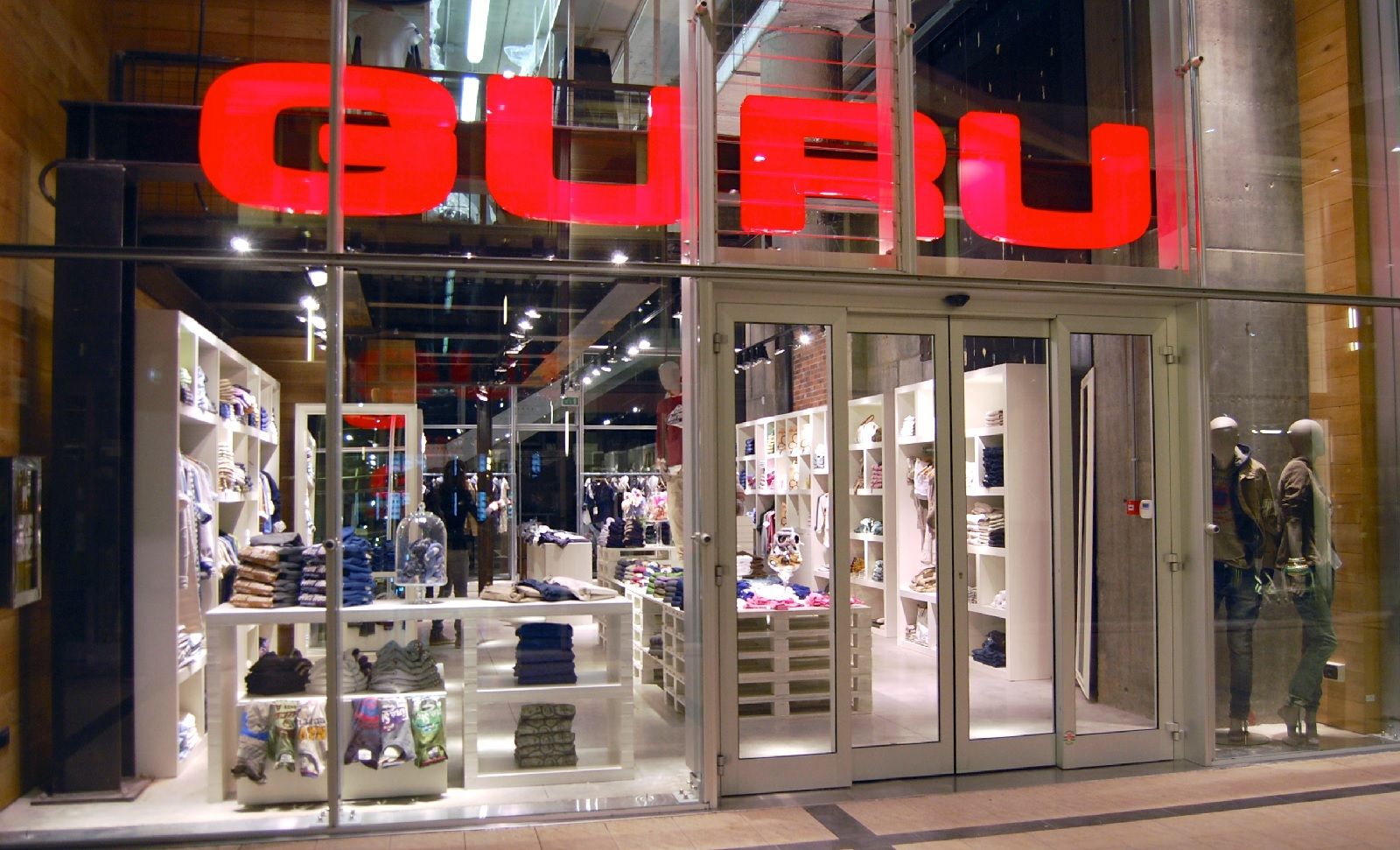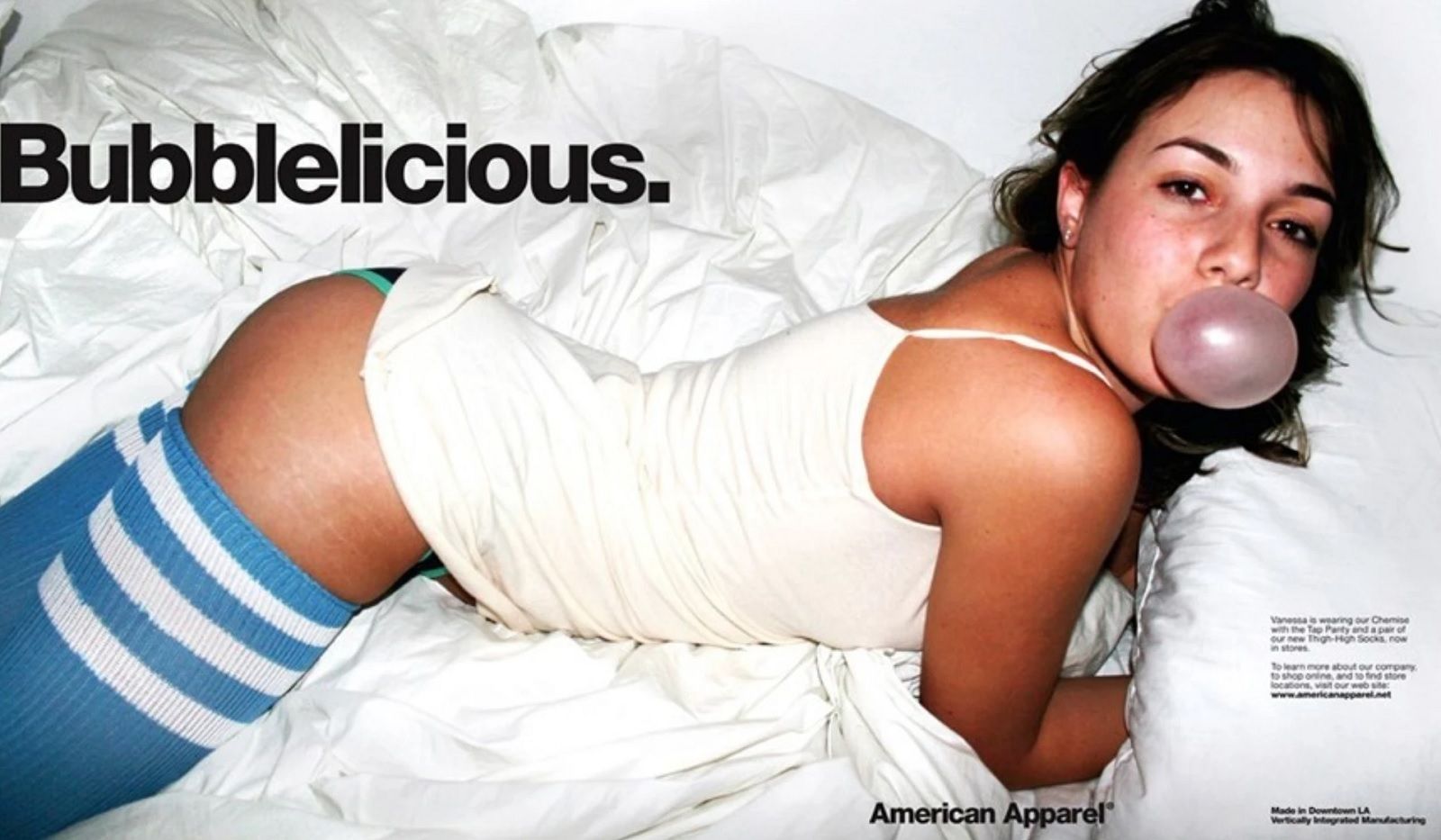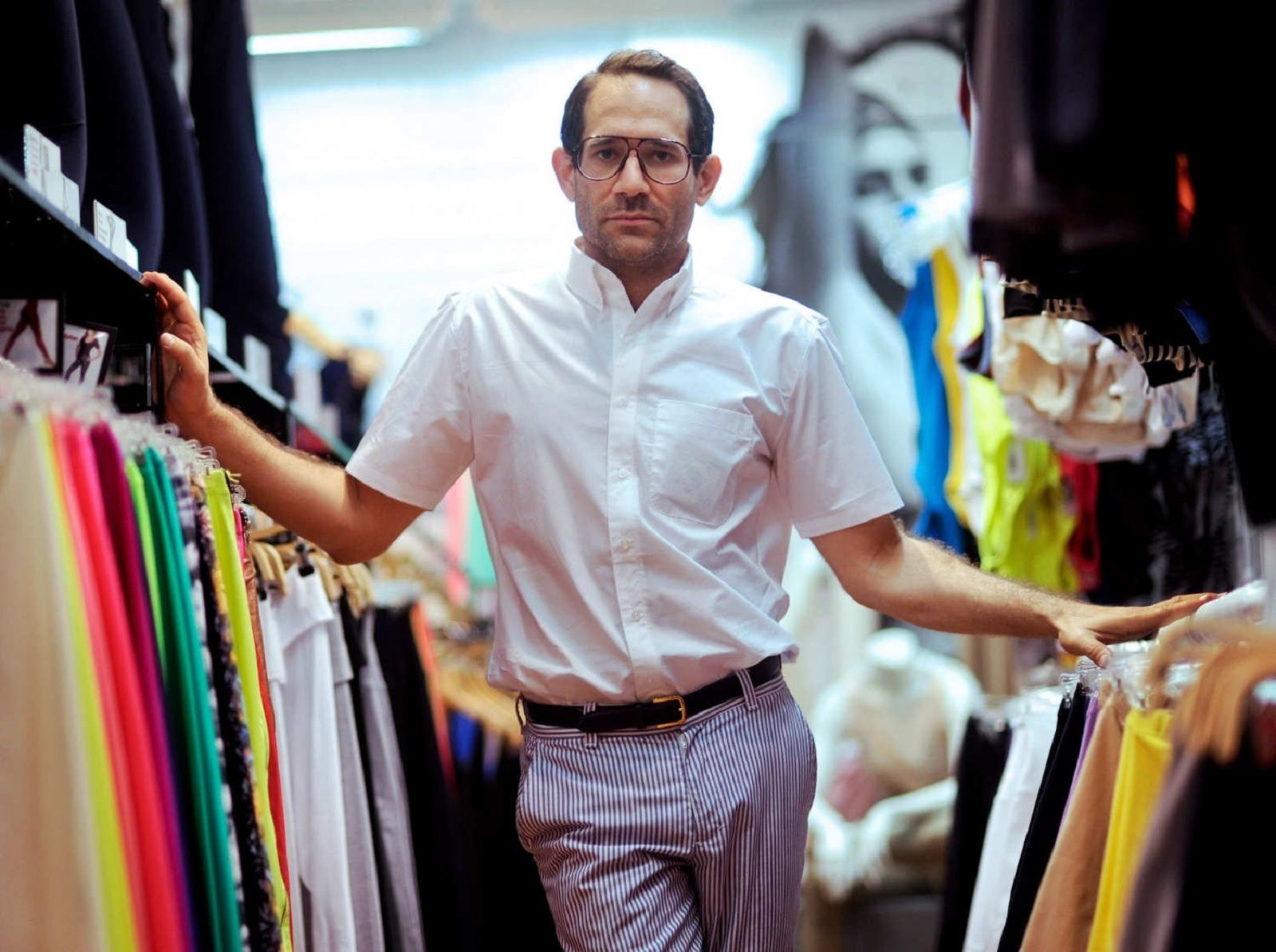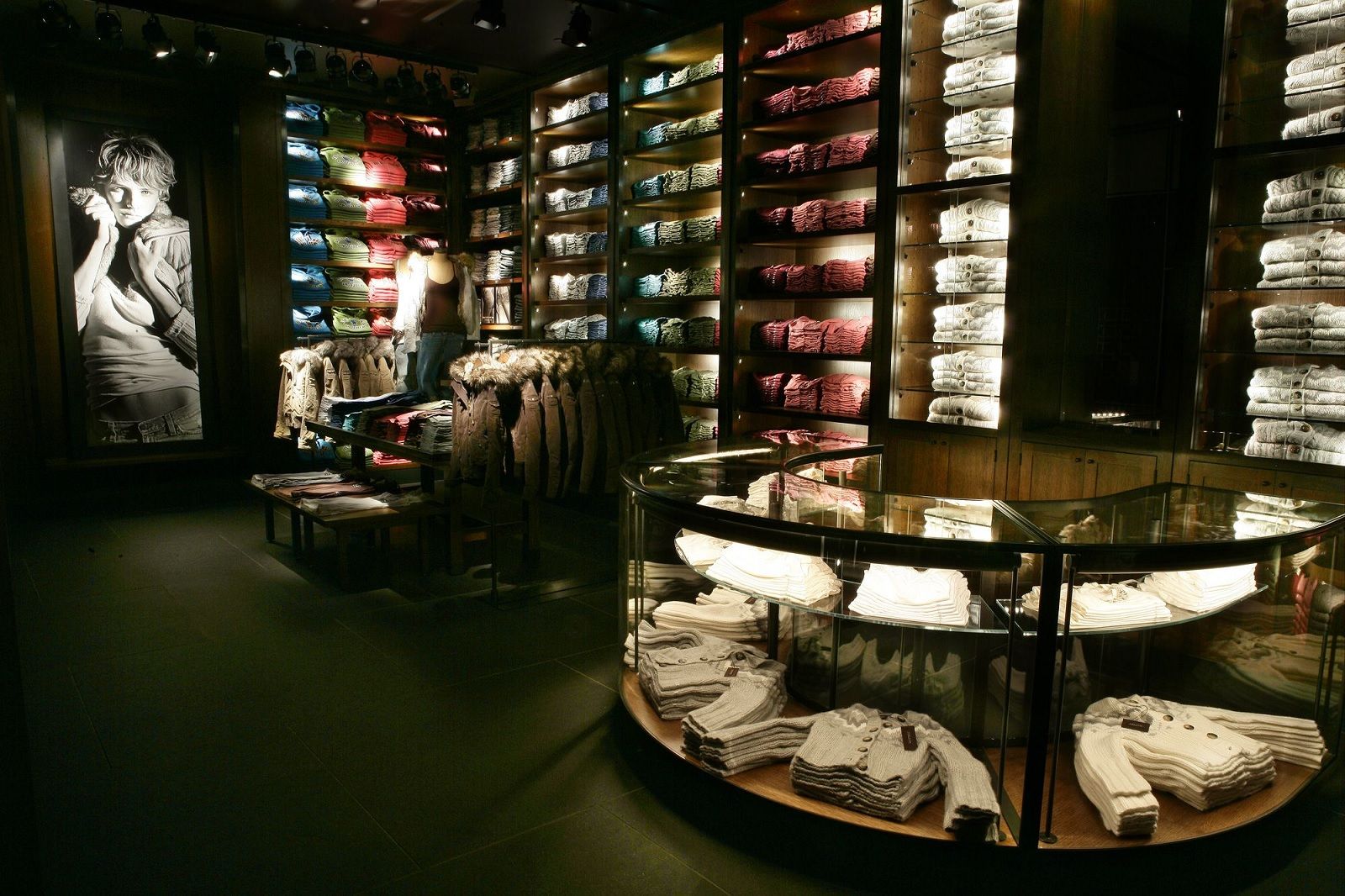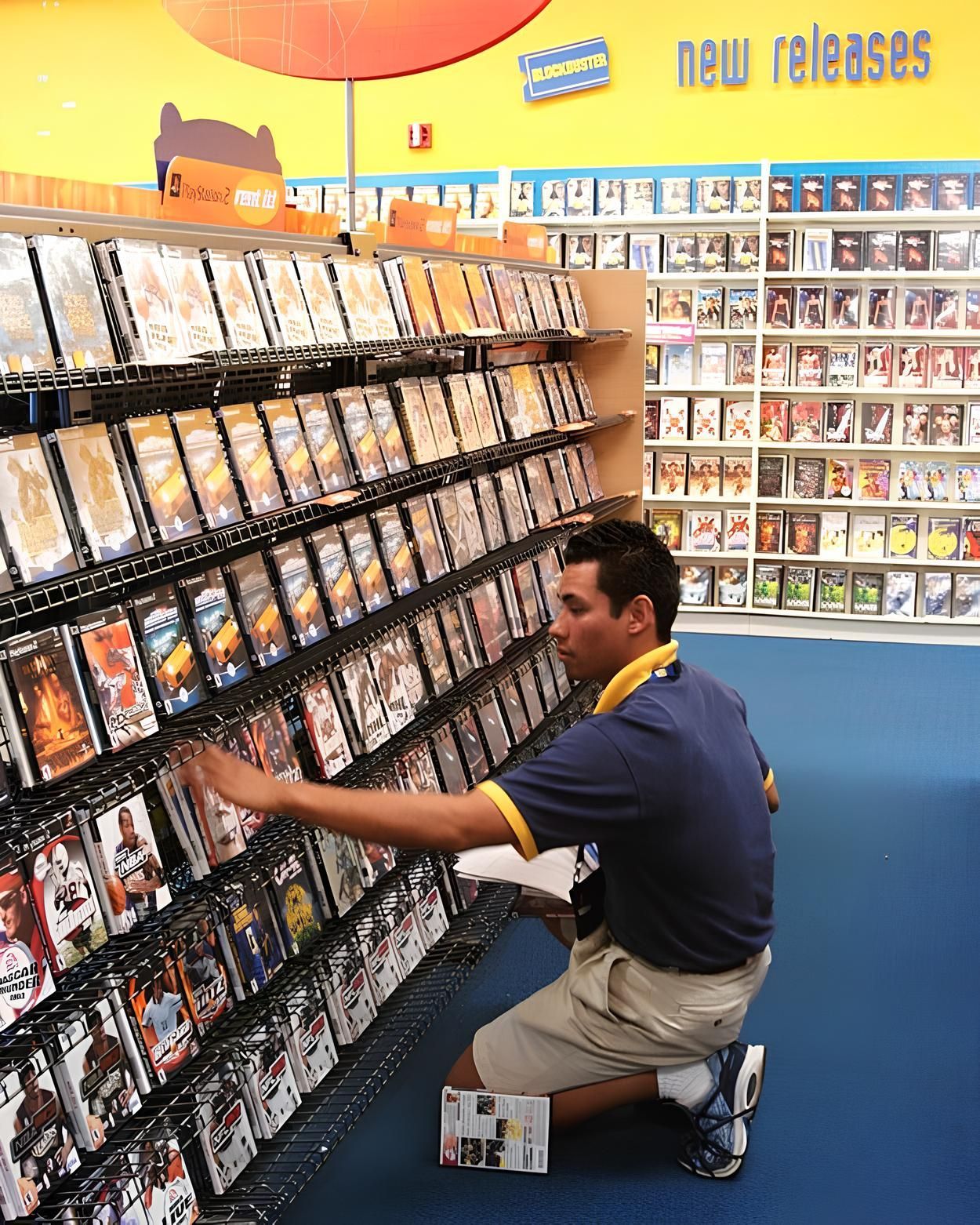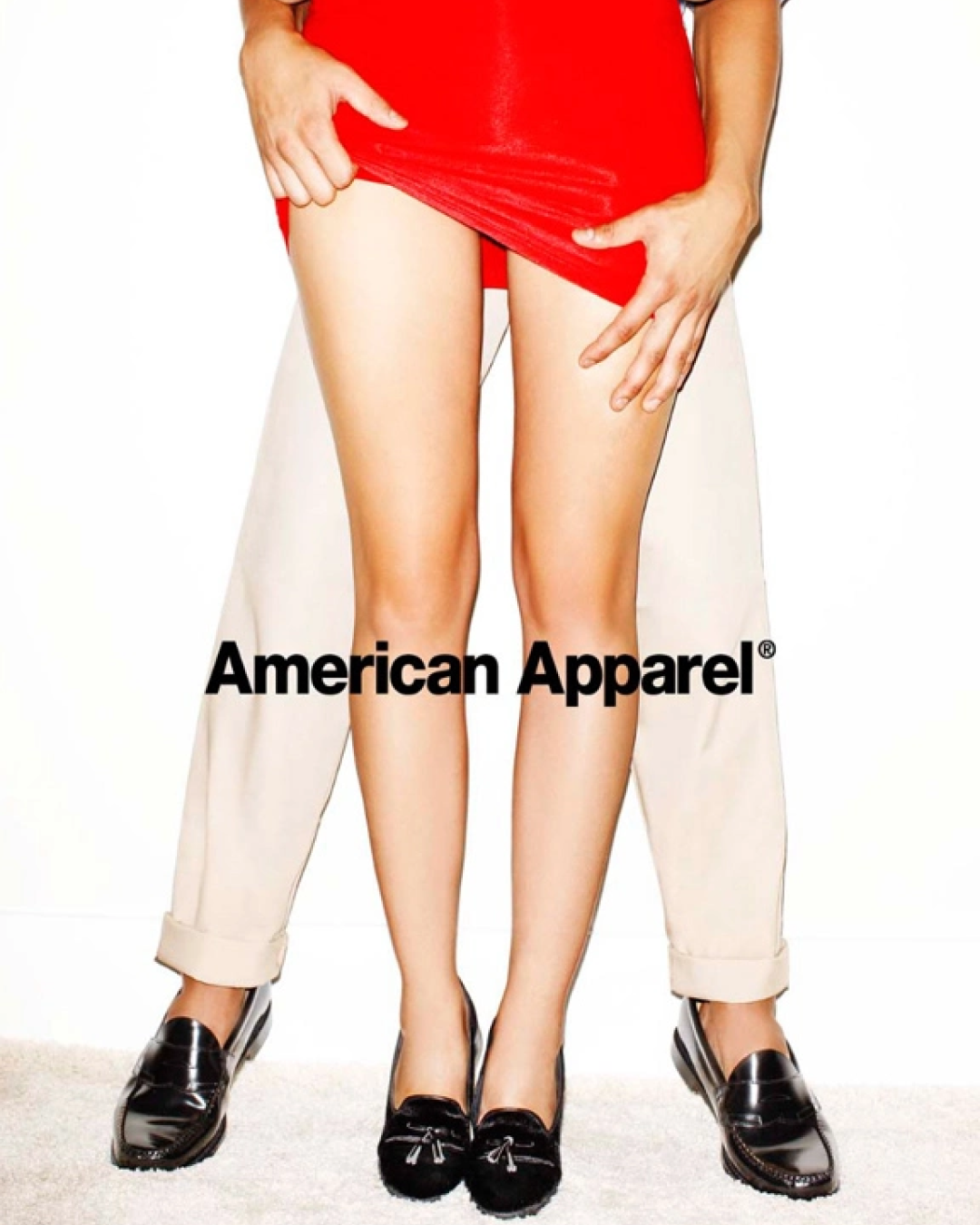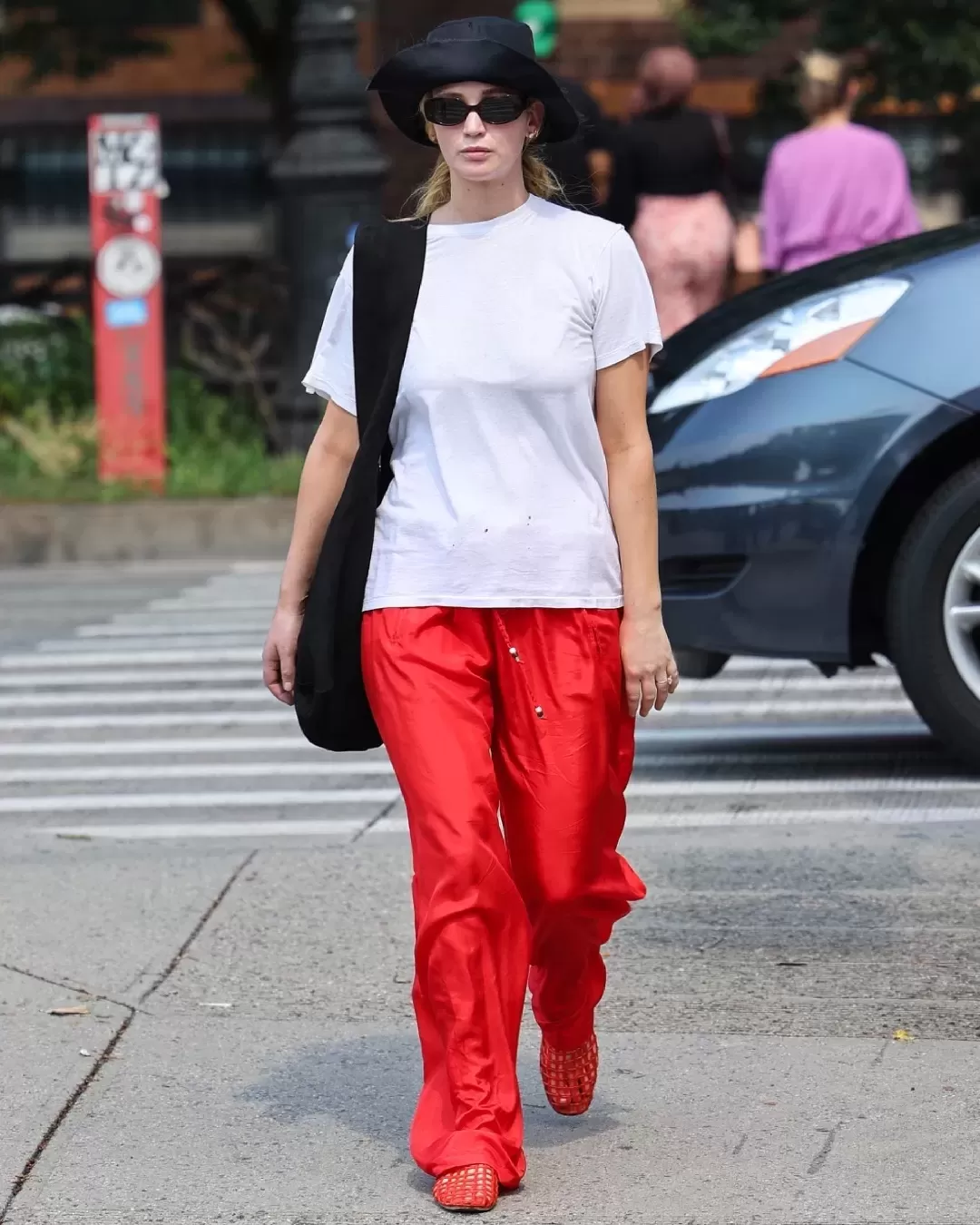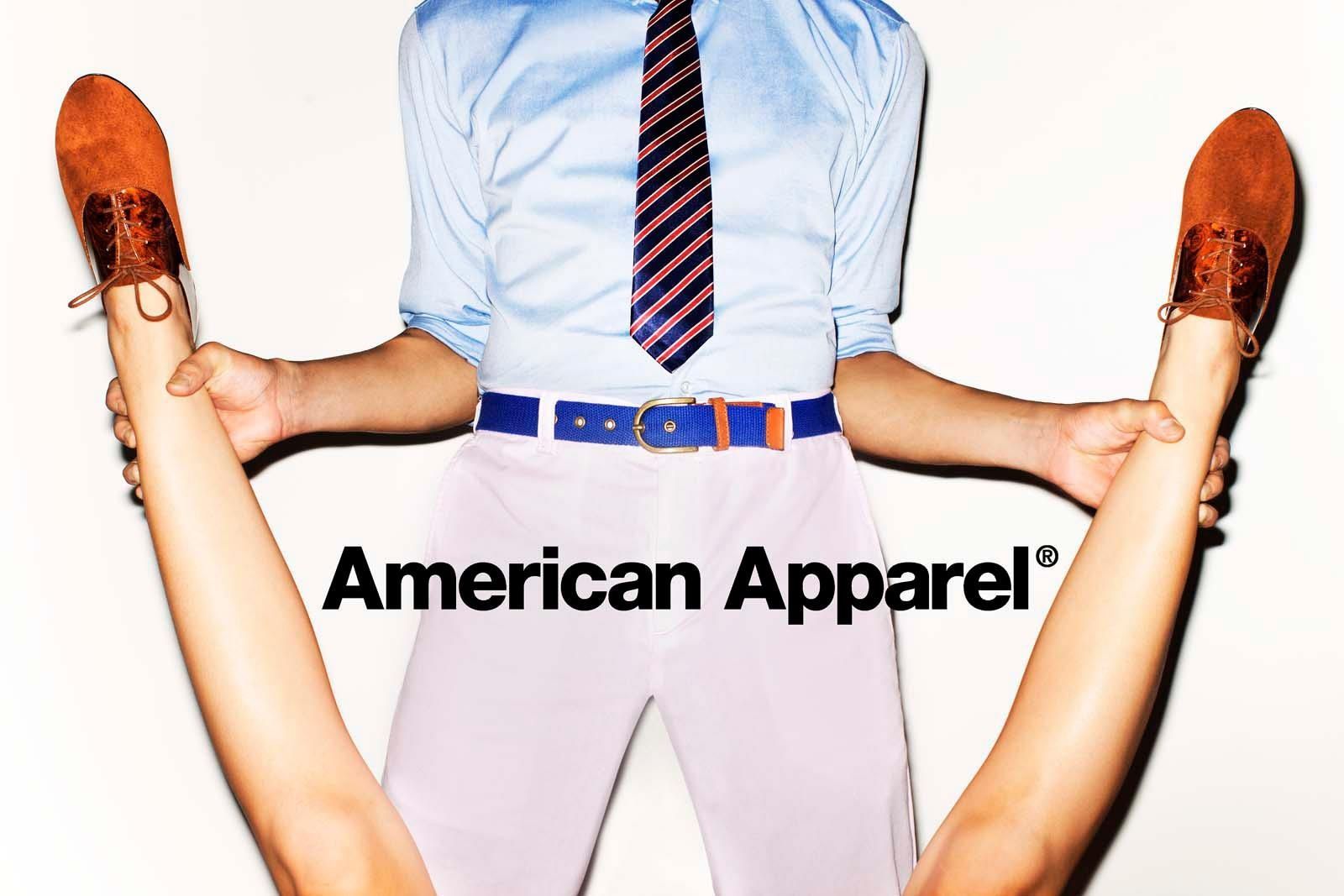
10 brands that disappeared in the last decade From GURU to American Apparel, from Vine to Forever 21 between 2010 and 2019 we have said goodbye to many brands
There are many brands that have left us in the last decade. Someone calls the death of chains like Forever 21 or American Apparel "the apocalypse of retail". The truth is that tastes and fashions change, technologies evolve and what we went crazy just a short time ago today is often obsolete. It's hard to explain to someone who grew up with Netflix what it meant to stay an hour looking through the shelves of Blockbuster and then go home with the ugliest movie available or convince an Off-White fan about the coolness of Cheap Monday's skinny jeans.
Get your handkerchiefs ready because nss will take you to the "cemetery" of the dead brands (and some even resurrected) between 2010 and 2019.
Cheap Monday (2000 - 2019)
Kasabian, Arctic Monkeys, The Strokes, The Kooks, Franz Ferdinand, Kaiser Chiefs,…on and under the coolest indie concert stage on the planet, everyone wore Cheap Monday skinny jeans. Now that indie music and punk rock have been left behind by rap, even fashion has changed. No more super-tight denim, now it's time for oversized volumes and technical fabrics. The skull brand founded in 2000 by Swedish Örjan Andersson and bought in 2010 by the H&M group is no longer a reference for youth culture. The Scandinavian giant decided to close it forever in June 2019, marking the end of an era and one of the most beloved aesthetics of recent years.
Forever 21 (1984 - 2019)
Forever 21's history is the epitome of the American dream. In April 21, 1984, Do Won Chang and Jin Sook Chang, who had emigrated from South Korea to the USA, opened a store called Fashion 21, which soon became Forever 21. The immediate success, which exploded especially in the 90s, was due to a rather simple formula: follow the trends of the moment, often copying lines, colors and cuts of the most popular fashion collections (several over the years have been the accusations of plagiarism, the last by Ariana Grande). All this quickly and available at an affordable price for teenagers. Times change, as well as the taste in dressing of new generations who are increasingly looking for original, unique and sustainable products, features far from the philosophy of Forever 21. This year the company closed 178 stores in the U.S. and 350 globally and announced that it has filed for Chapter 11, under federal bankruptcy law, which allows companies that use it to restructure their finances.
American Apparel (1989 - 2017)
Normcore, soft porn, made in the US. These are the three adjectives that best describe what was the brand founded by Dov Charney in 1989. The label that for twenty years has produced basic hipster outfits has ended its journey because of expenses costs, lack of strategic planning, too many scandals (which have also led to the dismissal of Charney) and, of course, the natural change in aesthetic trends. American Apparel filed for bankruptcy in 2017 and was bought by Canadian company Gildan Activewear for $66 million, which recently attempted its online relaunch with a new image in the name of gender equality. Almost at the same time, Charney opened That's Los Angeles by Dov Charney, a new line of clothing focused, once again, on basic men's and women's items entirely Made in America. What remains of the real American Apparel today? The memory of its provocative campaigns, a mix of voyeuristic images, soft porn atmospheres, t-shirts, leggings and ultra-minimal and colorful sweatshirts.
Abercrombie & Fitch (1892 - 2017)
No more darkness room, loud music and a unique perfume that permeates the stores and even the clothes. Between the 90s and early 2000s, Abercrombie & Fitch, with its models strictly bare-chested and wearing flip-flops even in winter, was one of the regular stops for every teenager who loves polo shirts and short dresses (at the center of controversy in 2006 because of the too-small sizes, but also for several allegations of discrimination). Now things have changed. The brand founded in 1892 in Manhattan by David Abercrombie is no longer fashionable and neither is its Paris Hilton aesthetic, so far from the tastes of Gen Z and Millenials. Result? No more endless lines of people waiting for their turn to enter. The stores have closed one after the other, but the company is still trying to get back to business by focusing on less preppy items.
Quiksilver (1969 - 2015)
Quiksilver Inc., the owner of brands such as Quiksilver, Roxy and DC Shoes, was founded in 1969, but reached the peak of popularity in the 90s thanks mainly to very popular testimonials such as surfer Kelly Slater and skateboarder Tony Hawk and to the high quality of its products. It was the first company to use Velcro fasteners and cotton with very quick drying, becoming the dream of every teenager with a passion for board sports. At least until September 2015, when Quiksilver, surpassed by other more aggressive brands, came under the protection of Chapter 11 of the bankruptcy law of the United States, which allows avoiding the declaration of bankruptcy. Shortly after, the brand was acquired by the company Oaktree Capital Management with a budget of 175 million dollars (about 157 million euros). Today, Quiksilver, Inc. has changed its name to Boardriders, Inc. which embraces a full range of iconic action sports brands including Billabong and is undergoing restructuring and expansion.
John Richmond (1987 - 2015)
John Richmond returned to the catwalk in 2017. The adventure of the brand founded by the British designer in 1987 went out of business in 2015, after the separation with Saverio Moschillo. The split between the creative and the entrepreneur who produced and distributed the collections with his Farlber Confezioni in Forlì, was followed by a long legal battle, which ended two years later. Today the brand, supported by Blue Skye Investment Group, tries to reaffirm itself among the protagonists of the catwalks always with the same glam rock attitude that made it popular.
GURU (1999 - 2012)
In the early 2000s t-shirts with daisies were everywhere and today a Lugano company is ready to win back the attention lost in 2008 after the arrest for fraudulent bankruptcy of the founder Matteo Cambi. The success of the past seems, however, too far away. Cambi managed to bring GURU to achieve billionaire turnover thanks to a mix of luck and boldness that intertwined with an aesthetic not too refined loved by sportsmen and showgirls. Then, as quickly as it had grown, the empire collapsed because of the excesses and mismanagement of its founder.
Vine (2012 - 2016)
Vine has made Cameron Dallas and Shawn Mendes popular, but today no one remembers it anymore. The application created by Dom Hofmann, Rus Yusupov and Colin Kroll and then bought by Twitter in 2012 to make and share videos lasting no more than 6 seconds has been surpassed by social networks that reach a wider audience, such as Snapchat or Instagram. Two hundred million users a day in the new world were not enough for investors who decided to close Vine in 2016.
Blockbuster (1985 - 2010)
On October 19, 1985, the first Blockbuster store opened in Dallas, Texas, the penultimate remaining store in Australia, stopped renting DVDs and videotapes in the fall of 2019. Now there is only a store in Bend, in Oregon, nestled between a legal cannabis store and a pet crematorium, to remind us of an era of giant popcorn pack and films to rent. No wonder that with the arrival of cable TV, streaming and Netflix the tapes of the American chain have become obsolete.
A fun fact: Blockbuster, during the war, referred to the large aerial bombs that could destroy an entire block. Then it was used to indicate an event, such as a play or film, of incredible success and able to bust the competitors. Finally, it became a chain of video and DVD rentals, 8,000 videotapes and 6,500 titles available to anyone who wanted to spend a few hours relaxing in front of the screen.
Nokia (1865 - 2015)
In the early 2000s, it was the leader company. The 3310 and 3330 were must-have. Its phones were cutting-edge: the 7650 was the first color mobile phone to take photographs and everyone remembers when Nokia introduced Snake, Deep Impact, the t9. A revolution followed by a decline. While Apple and Samsung had understood the social and not only functional potential of smartphones and devices such as the touch screen, the Scandinavian brand remained focused on quality but not desirable products. At the end of 2013, Nokia was purchased by Microsoft for $9.5 billion, but only two years after, the deal turned out to be a failure. The market kept changing fast and the Finnish company was left behind. Then, the miracle: Hmd Global has raised the fate of Nokia by focusing on the nostalgia effect and proposing cult models in an updated version such as the 81010, also known as "the Matrix phone".













































